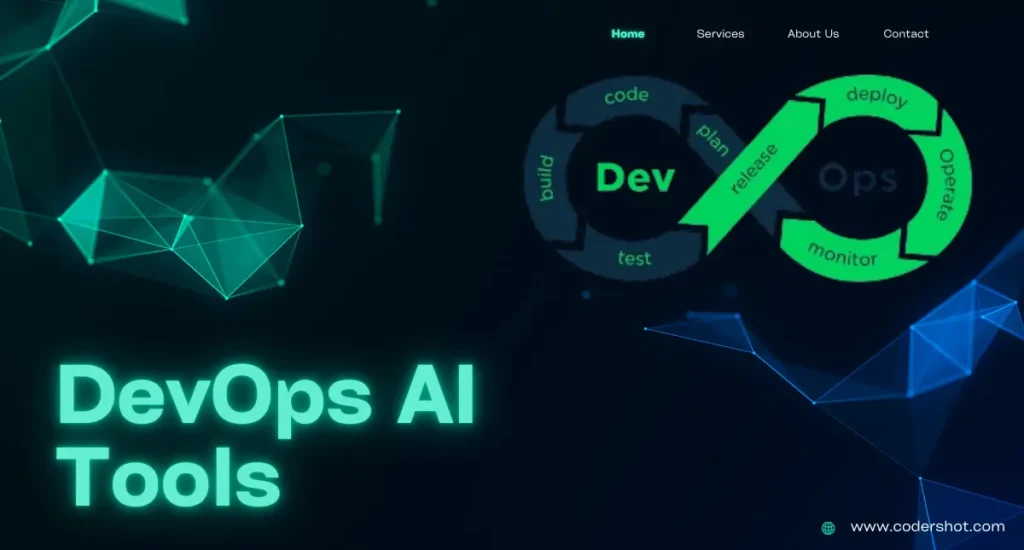Table of Contents
ToggleMachine Learning Syllabus for Beginners 2024
Introduction
As 2024 approaches, machine learning (ML) is a field that is still developing and growing in importance across many industries. Starting a machine learning journey might be intimidating, regardless of your background or interest in machine learning. The goal of this blog post is to give newcomers a structured syllabus that outlines the essential knowledge and abilities needed to establish a solid machine-learning foundation.
1. Prerequisites:
Before diving into machine learning, it’s crucial to have a solid grasp of the following:
- Basic Python programming
- Linear algebra
- Calculus
- Statistics and probability
- Data structures and algorithms
2. Introduction to Machine Learning:

What is Machine Learning?

In 1959, Arthur Samuel first used the term “machine learning.” Machine learning, according to him, is “a field of study that gives computers the capability to learn without being explicitly programmed.” He was a pioneer in artificial intelligence and computer games.
To put it simply, machine learning is the use of artificial intelligence (AI) to allow software to learn from mistakes and become more proficient at a task without needing to be explicitly coded. How would you create a program, for instance, to recognize fruits according to their different characteristics, such as color, shape, size, or any other attribute?
One method is to identify the fruits by hardcoding everything and using rules to guide the process. Although it could seem like the only option, there is never a flawless set of rules that can be applied in all situations. This problem is more resilient and useful since machine learning can handle it with ease and without the need for rules.
Hence, we might define machine learning as the study of enabling computers to learn with little to no human intervention—that is, without explicit programming—in order to make them behave and make decisions more like humans. Now, how can software gain any experience, and where does it get its knowledge from? Data holds the answer. It is safe to conclude that without data, machine learning cannot exist. Data is often referred to as the fuel for machine learning.
You might be asking why, given that the phrase “machine learning” was first used in 1959—a long time ago—it hasn’t been discussed until recently. It’s important to keep in mind that machine learning requires a lot of data, a lot of processing power, and devices that can store a lot of data.
How should Beginners Approach Machine Learning?
First and foremost, machine learning requires a strong foundation in mathematics and programming. It is essential to comprehend ideas like statistics, linear algebra, and calculus as well as become proficient in a programming language like Python in order to fully comprehend the foundations of machine learning.
Supervised, unsupervised, and reinforcement learning are the three categories of machine learning. You can choose a machine-learning job based on your objectives and areas of interest. However, in order to get experience on real-world projects and against ML competitors, you must have practical knowledge of machine learning algorithms and frameworks.
Prior to delving into machine learning, it is crucial to establish objectives and do exploratory data analysis to identify your products and comprehend their behavior.
Importance of learning Python in machine learning
Python is the most widely used programming language in artificial intelligence, data analysis, and machine learning. Because of its extensive library and framework collection, it is the best option for building complex machine-learning models.
The following justifies Python’s significance in machine learning:
- Popularity: TensorFlow, PyTorch, and sci-kit-learn are just a few of the well-known machine learning libraries upon which it is based, making it the most extensively used language in the field.
- Simple to Learn: The fact that it has a vibrant community is simple to understand for newcomers.
- Huge Community and Libraries: It has a sizable developer community that works on projects like model training, pre-processing, and data cleansing.
- Flexibility: There are many different applications for this flexible language. Cooperation.
- Interoperability: It is readily integrated with C++, Java, and R, among other programming languages.
Which four categories of machine learning exist?
The various forms of machine learning include the following:
- Supervised learning involves training the algorithm on labeled data so that predictions can be made. Machine learning algorithms, for instance, are used to categorize emails as spam or not.
- Unsupervised Learning: It discovers hidden patterns by being trained on unlabeled data, which consists of inputs without labels for matching outcomes. For example, anomaly detection, dimensionality reduction, and clustering.
- Using both labeled and unlabeled data to train an algorithm is known as semi-supervised learning. For example, co-training and generative models are examples of algorithms.
- Reinforcement learning is a technique for increasing or optimizing efficiency that uses an algorithm that learns by doing trial and error while interacting with an environment. Examples of this are policy gradients and Q-learning.
How to Establish a Successful Career in Any Field of Machine Learning
These discuss the various job categories in the Artificial Intelligence (AI) industry, including:
- Machine Learning Engineers: These have a background in mathematics and computer science.
- Data scientists: These experts gain a solid grasp of machine learning algorithms, statistics, and data analysis.
- AI Research Scientist: The ideas in this section provide a solid background in probability theory, calculus and statistics, and linear algebra.
- Robotics engineers: These people have excellent C++ and Python programming abilities.
- Engineers in natural language processing (NLP): They gain a thorough understanding of the methods and algorithms used in NLP.
Conclusion
In conclusion, the discipline of machine learning is expanding quickly and has a lot of promise for the future. There are lots of beginner-friendly courses available. Popular technologies include cloud-based platforms like Google Cloud AI Platform and Amazon SageMaker, as well as scikit-learn and TensorFlow. It is imperative that novices start with the basics before tackling more complex subjects, such as learning programming languages and fundamental statistics.
Machine Learning FAQs
How do I start learning Machine Learning?
It is necessary to begin with the fundamentals. You must be aware of the requirements, which include studying Python, Statistics, Linear Algebra, and Multivariate Calculus. Next, you must become familiar with a number of machine learning principles, such as machine learning terminology, types, and resources.
Is Machine Learning easy for beginners?
It’s not easy to learn machine learning. The debugging challenge is the hardest part of learning machine learning. On the other hand, you can easily master Machine Learning if you study the appropriate materials.
What are the types of Machine Learning?
Reinforcement learning, supervised learning, and unsupervised learning are the three primary categories of machine learning.
Can I learn Machine Learning in 3 months?
Machine learning is broad and includes many different aspects. Therefore, if you dedicate at least five to six days a day to learning it, it should take you about six months. It also takes a lot of time to study Machine Learning if you don’t have strong analytical and mathematical abilities.
Does Machine Learning require coding?
Understanding software programming is necessary if you’re studying classical machine learning because it will enable you to create machine learning algorithms. However, you may learn machine learning without knowing how to code thanks to several online learning resources.








